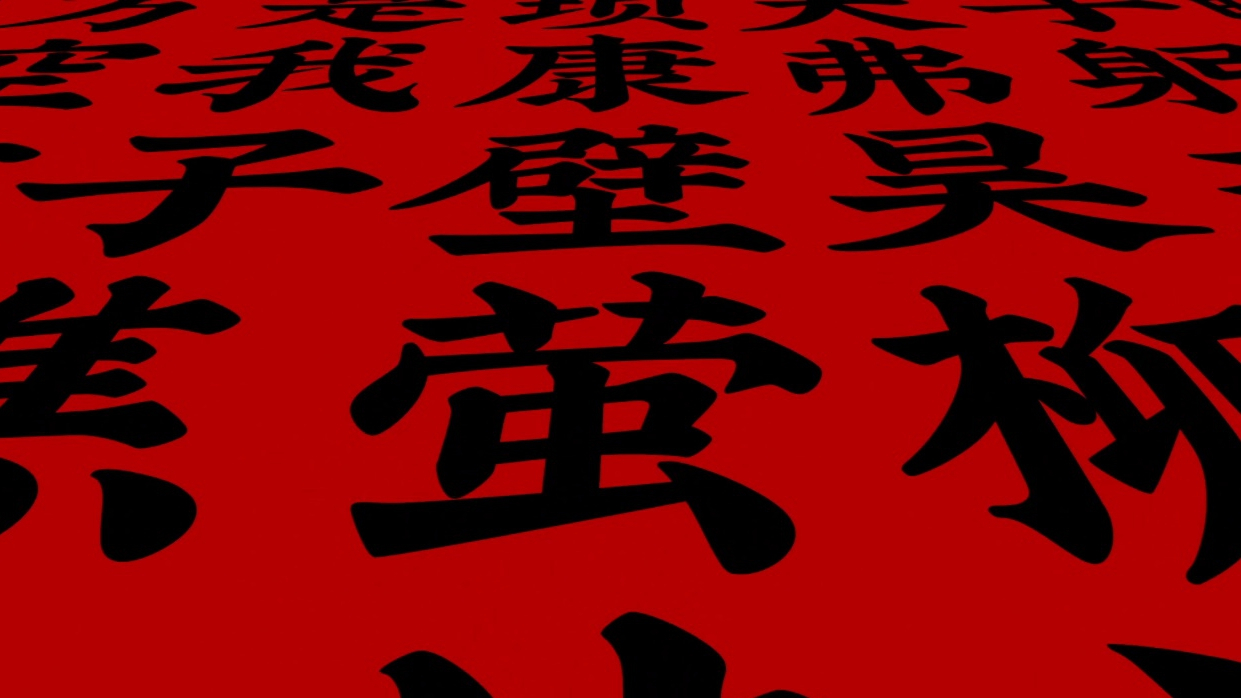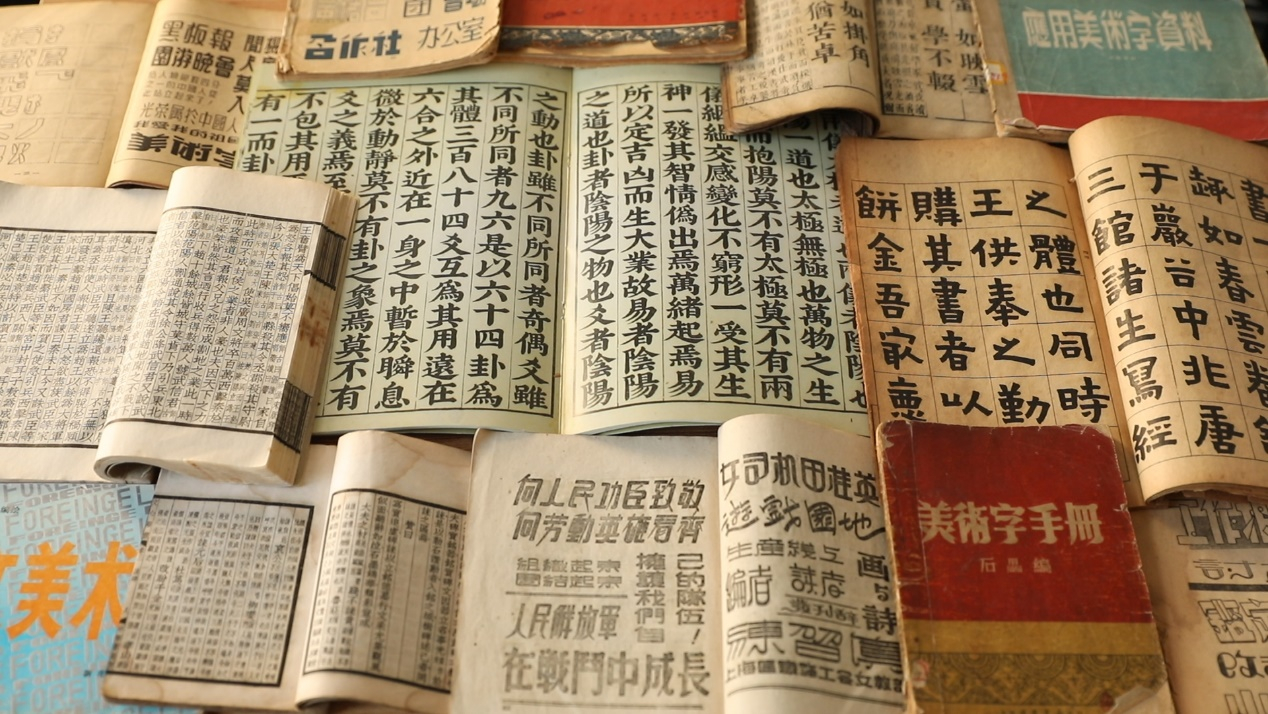
Art
20:20, 20-Feb-2019
Young Chinese artist rolls out nifty new typefaces, raises public copyright awareness
Updated
20:46, 20-Feb-2019
Feng Yilei
02:52

The days of a limited selection of fonts on our computers and mobile devices may be numbered. Some unique customized versions are now widely available but come at a price, especially for commercial use.
That's what attracted young Ye Tianyu, the founder of Luckytype, into the world of type design.
As a designer, Ye was deeply impressed by the beauty of Chinese characters before he noticed that there were very few distinctive complete fonts of Chinese characters.
“What an amazing thing it could be if I can turn various beautiful character styles into typefaces for people to use,” he said.

Old books printed in various fonts. /CGTN Photo
Old books printed in various fonts. /CGTN Photo
Designing a font family takes Ye's team an average of eight months and even more time to perfect it. It is a tough task though the average user might not notice. And the pricing turns out to be tricky.
The designer said he aimed to create copyrighted fonts of a long shelf life that everyone can afford. And therefore, he intended to set a price lower than mainstream typefaces which usually charge over 5,000 yuan (746 U.S. dollars) a year. But then he realized it's not a matter of how much they should cost. Paying for fonts is still not yet widely accepted by the general public.

Two regular fonts created by Ye Tianyu's studio. /CGTN Photo
Two regular fonts created by Ye Tianyu's studio. /CGTN Photo
Ye eventually compromised on prices – 99 yuan (14.7 dollars) for an individual's permanent use of a font family. That price helped his creations quickly become popular, especially among independent designers. And the finished products now go onto billboards, posters, packing bags and even photo editor stickers. But what creates such a high demand?
Deng Zhi, a design director at a small advertising company, said that the commercial use of authorized typefaces has long been a hot potato for designers and clients. Deng admitted that his studio didn't buy any pricy typeface themselves, and over 80 percent of their customers won't purchase particular fonts that they picked, because of the high cost and weak demand.

Ye Tianyu adjusts typefaces in his studio./ CGTN Photo
Ye Tianyu adjusts typefaces in his studio./ CGTN Photo
The solution, Deng says, is mostly a “sail close to the wind” and is an unwritten rule in the sector – search font libraries for typefaces that do not have strict licensing agreements to meet the needs of clients.
For these designers, to buy their own typeface at a lower price can be an option. While Ye Tianyu feels delighted to have enabled many to start using authorized typefaces – just using an app on their phones – he mentioned that his own typefaces still suffer piracy issues from time to time. Changing the old situation seems to be a goal that can only be achieved stroke by stroke.
(Video Cover: Signboard Font. /Photo courtesy of Luckytype)

SITEMAP
Copyright © 2018 CGTN. Beijing ICP prepared NO.16065310-3
Copyright © 2018 CGTN. Beijing ICP prepared NO.16065310-3